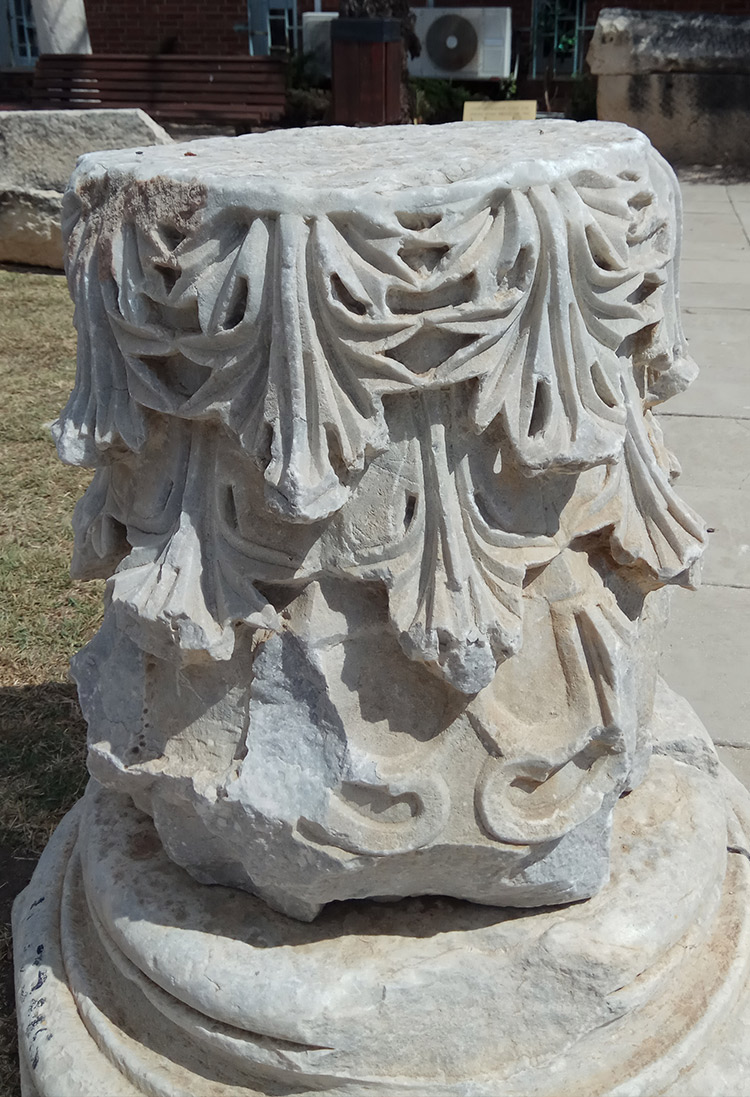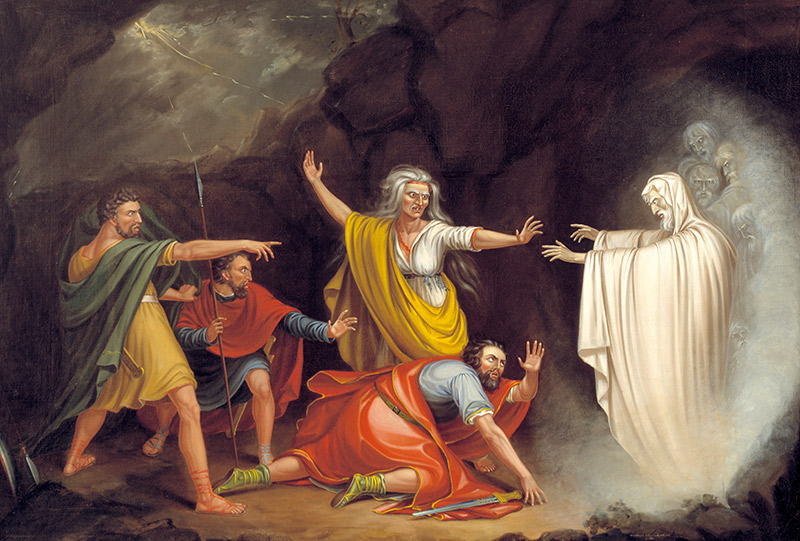HISTORY
The ancient seaport of Ashkelon dates back to the Neolithic Age. In the course of its history, it has been under the rule of the Ancient Egyptians, Canaanites, Philistines, Assyrians, Babylonians, Greeks, Phoenicians, Hasmoneans, Romans, Persians, Arabs and Crusaders. In 1187, Saladin took Ashkelon as part of his conquest of the Crusader States. In 1191, during the Third Crusade, Saladin demolished the city because of its potential strategic importance to the Christians, but the leader of the Crusade, King Richard I of England, constructed a citadel on the ruins. Ashkelon subsequently remained part of the diminished territories of Outremer throughout most of the 13th century and Richard, Earl of Cornwall reconstructed and refortified the citadel during 1240–41. The Mamluk dynasty came into power in Egypt in 1250 and the ancient and Ashkelon was brought to an end in 1270, when the Mamluk sultan Baybars ordered the citadel and harbor at the site to be destroyed.
LIVING WITH THE PAST
The ancient artifacts spread throughout the city and in the Ashkelon National Park are reminders of our connection to King David, the Philistines and past civilizations that lived in Ashkelon.
The two underlying themes found in Ashkelon public spaces are the sea and our history. Many of the traffic circles found across the city are based on these themes, with nautical objects, such as an octopus, starfish or ancient ships that used to sail from the port. Throughout the city, one can find ancient columns or other reminders of the long history of the city
The Philistines conquered Canaanite Ashkelon about 1150 BCE. Their earliest pottery, types of structures and inscriptions are similar to the early Greek urbanized center at Mycenae in mainland Greece, adding weight to the hypothesis that the Philistines were one of the populations among the “Sea Peoples” that upset cultures throughout the eastern Mediterranean at that time.
Ashkelon became one of the five Philistine cities that were constantly warring with the Israelites and later the United Kingdom of Israel and successive Kingdom of Judah. According to Herodotus, its temple of Venus was the oldest of its kind, imitated even in Cyprus, and he mentions that this temple was pillaged by marauding Scythians during the time of their sway over the Medes (653–625 BCE). As it was the last of the Philistine cities to hold out against Babylonian king Nebuchadnezzar II. When it fell in 604 BCE, burnt and destroyed and its people taken into exile, the Philistine era was over.
Philistine Period
Ashkelon was one of the five Philistine cities that were constantly warring with the Israelites, It fell in 604 BCE to Babylonian King Nebuchadnezzar II. Burnt and destroyed and its people taken into exile, the Philistine era was over.
Early Islamic period
During the Muslim conquest of Palestine begun in c. 633–634, Ascalon (called Asqalan by the Arabs) became one of the last Byzantine cities in the region to fall. It may have been temporarily occupied by Amr ibn al-As, but definitively surrendered to Mu’awiya ibn Abi Sufyan (who later founded the Umayyad Caliphate) not long after he captured the Byzantine district capital of Caesarea in c. 640. The Byzantines reoccupied Ascalon during the Second Muslim Civil War (680–692), but the Umayyad caliph Abd al-Malik (r. 685–705) recaptured and fortified it. A son of Caliph Sulayman (r. 715–717), whose family resided in Palestine, was buried in the city. An inscription found in the city indicates that the Abbasid caliph al-Mahdi ordered the construction of a mosque with a minaret in Asqalan in 772.
Crusader Period
During the Crusades, Ashkelon (known to the Crusaders as Ascalon) was an important city due to its location near the coast and between the Crusader States and Egypt. In 1099, shortly after the siege of Jerusalem, a Fatimid army that had been sent to relieve Jerusalem was defeated by a Crusader force at the Battle of Ascalon. The city itself was not captured by the Crusaders because of internal disputes among their leaders. This battle is widely considered to have signified the end of the First Crusade.
RECENT HISTORY
Ashkelon was formally granted to Israel in the 1949 Armistice Agreements. The Israeli national plan of June 1949 designated al-Majdal as the site for a regional urban center of 20,000 people.
BEIT ELI

Beit Eli, located in the Afridar neighborhood of Ashkelon, was the vacation home of Israel’s second president, Yitzhak Ben-Zvi, and his wife, Rachel Yanait. They purchased it as a vacation home to be near near the home of their son Amram, who came to Ashkelon in the early 1950s, from Jerusalem to manage the Egged bus company’s local branch.
The simple house is hardly what one would expect as a residence for the president of the country. But Ben-Zvi believed that the president should set an example for the public and for over 26 years, his home in Jerusalem, for example, was a wooden hut in the Rehavia neighborhood of Jerusalem.
Yitshak Ben-Tsvi; (24 November 1884 – 23 April 1963) was a historian, Labor Zionist leader and the longest-serving President of Israel. Beit Eli in Ashkelon was the scene of an important meeting between Ben Gurion and Ben-Zvi.
The eighth government of Israel was formed by David Ben-Gurion on 7 January 1958, and was the second government of the third Knesset. Ben-Gurion kept the same coalition partners as during the previous government (Mapai, the National Religious Party, Mapam, Ahdut HaAvoda, the Progressive Party, the Democratic List for Israeli Arabs, Progress and Work and Agriculture and Development). The only change to the cabinet was the addition of Shlomo-Yisrael Ben-Meir as a Deputy Minister.
All ministers and deputy ministers from the National Religious Party left the cabinet on 1 July 1958. The government collapsed following Ben-Gurion’s resignation on 5 July 1959 after Ahdut HaAvoda and Mapam voted against the government during a vote on selling arms to West Germany and then refused to resign from the government. In July, Ben Gurion travelled to Ashkelon and informed the president of his resignation and his inability to form a new government. This was the first time in ISrael’s history that this occured outside of Jerusalem. New elections were called in November that year and a new government was formed by David Ben-Gurion on 17 December 1959.
Beit Eli is named after their son Eli who was killed in the fields of Kibbutz Beit Keshet in the Lower Galilee on March 16, 1948 . In 1963, it was donated to the people and city of Ashkelon. As of 2017, Beit Eli serves as a place for training and enrichment for teachers and educators called the Beit Eli Center-Psaga. – Photo by Gad Sobol




